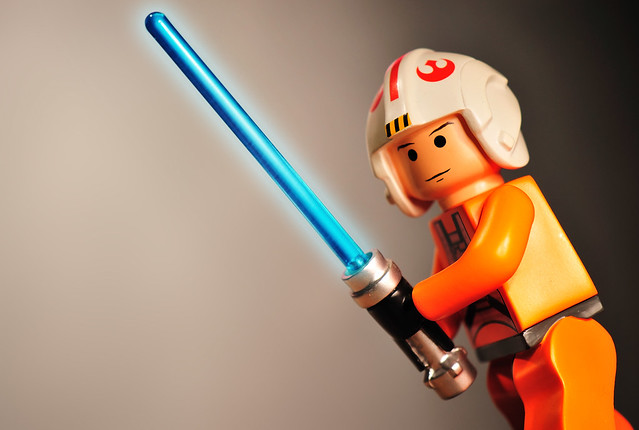
[Image of one of our models to be exhibited soon at the forthcoming 13th Venice Biennale. Picture: draftworks*architects ]
Architects usually talk about their models as finished objects, already charged with representations and symbolisms. They rarely talk about the process of making them, either because they didn’t make them themselves, or because they did make them themselves but they didn’t enjoy making them, or merely because they don’t care about the process of making them: Usually models, such as drawings, are means to communicate, they do not have a value per se.
Well, the latter was something that I reconsidered the moment I got to work on own models at a proper workshop. Despite the dust and the noise or the annoying timetable, having every possible machine at hands’ reach was a life-changing experience; the opportunity to play with them was a main reason for enjoying the process. That was when I discovered the wood and especially the birch-plywood. With it I could have mass, but also surface, I could have a uniform surface, but also a striped one when I wanted to give some scale or texture to the model.


[ Graphic of an old band-saw machine. Picture by Marcel Douwe Dekker's photostream ]
Plywood is one of the two main materials/techniques that we used in making the models for the 13th Venice Biennale. We used it both for making the volumes of the buildings and for making textured surfaces, such as ground, corridors, or walls. Plywood can also be cut so thin, that it can even glow if you put it in front of the light. If you want to use wood as a model-making material maybe the best is to find a carpenter’s workshop, if he likes you he may even let you use it for free, but try not to meddle too much in his work. For the last two years we couldn’t have access to a wood-workshop and decided to buy a small band saw machine for our own use. There are some that are portable, but they do make some considerable noise, so you better have a corner where you will not get into people’s ears too much. Have in mind also that you will have to arrange proper ventilation (if the space is not open) or wear a mask, because the machine produces a cloud of dust, which you won’t want to inhale. Eventually it is a mess, but if you love it –like us- you can see only advantages. The price is not too low, but also not too high, but it is a good investment. We also bought a portable grinder and some other smaller tools. And we were lucky enough to get a Dremel as a gift! (thanks Yiorgos+Yiannis!) And there was our portable wood workshop!
The second material/technique that we used was laser cutting. To tell the truth, it was quite recently (a couple of years ago) that we discovered this technique (we wood-cut since 2006 but laser-cut since 2010), but we soon got deep into the dedicated laser-enthusiasts cult. We rarely use it for cutting that can be done by an old fashioned cutter-knife, but every time we are around the machine we cannot help but experiment and explore its potentials in unconventional engraving, cutting, patterning etc. Laser cutting is a quite new thing in architecture model making and it has a lot of uncharted areas ahead. A problem is the access to a laser-cutting machine. It is quite unlikely to find a portable laser-cutter like the one Luke holds in the picture (but if you do please do let me know) and it is –still- much expensive to buy a machine –even a small A4 or A3 machine. Most likely is to find a workshop that uses one or an educational institution that you are affiliated to somehow and use it with an hourly fee. Anyways, it also vale la pena, so do not be afraid to look for it.
What we did in most of the models was a combination of the two materials/techniques, with each one contributing its distinct characteristics. We used the plywood to make the models’ mass, the forms or the backgrounds and the laser-cut paper for introducing details into the models, forming surfaces or layers (we love the burned patina on the snow-white paper...). Sometimes you may also have to use a third part, a catalyst, in order to marry the two materials. In some of our models this catalyst was the light, led-light stripes that were put in-between the materials. We plugged the light in and –wow- the model became a story. (Although -I am afraid- it is more difficult than it sounds...but won’t have to talk about it now)
[draftworks*2012]
[draftworks*2012]


You guys make it really easy for all the folks out there.
ReplyDeleteinjection molding machines